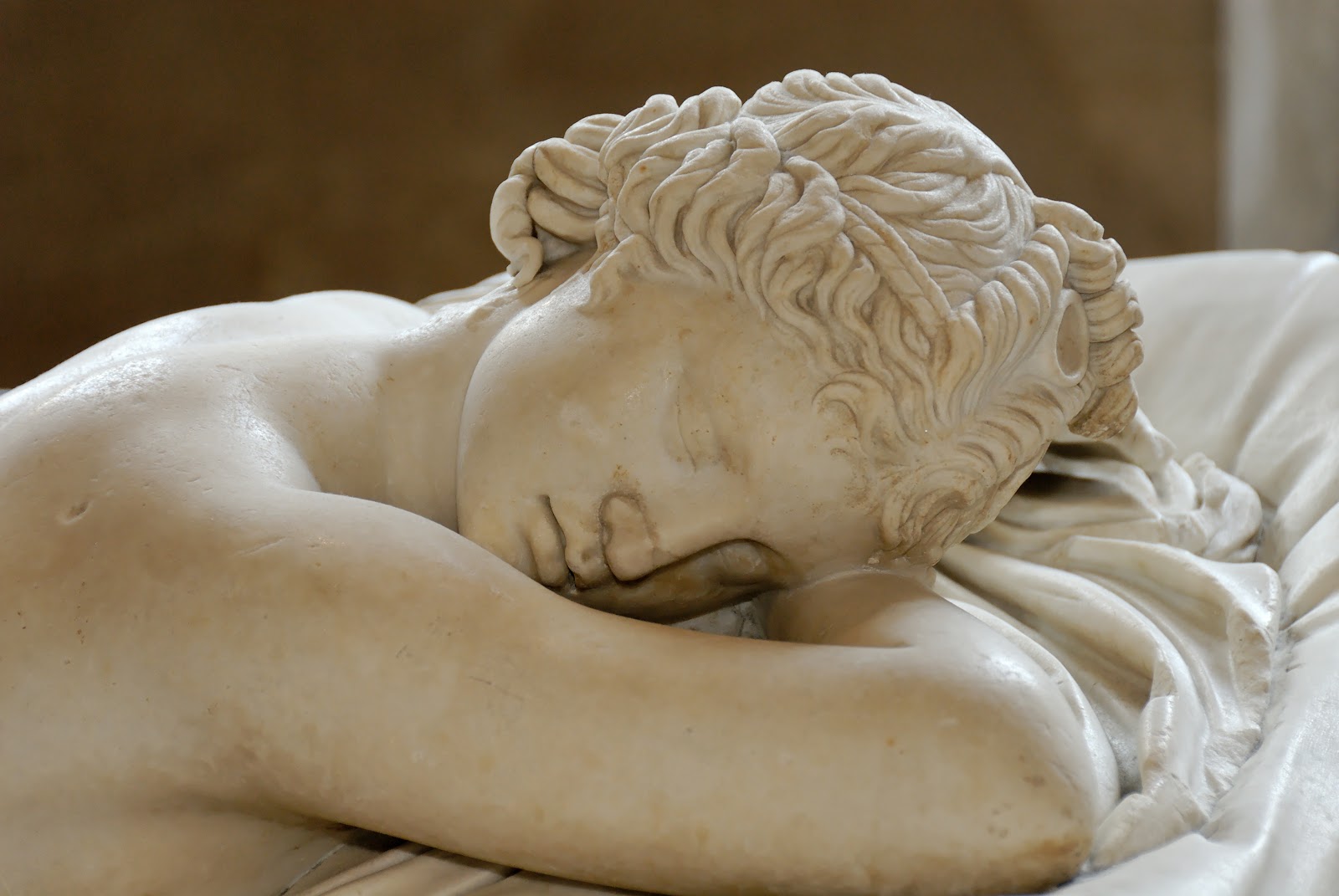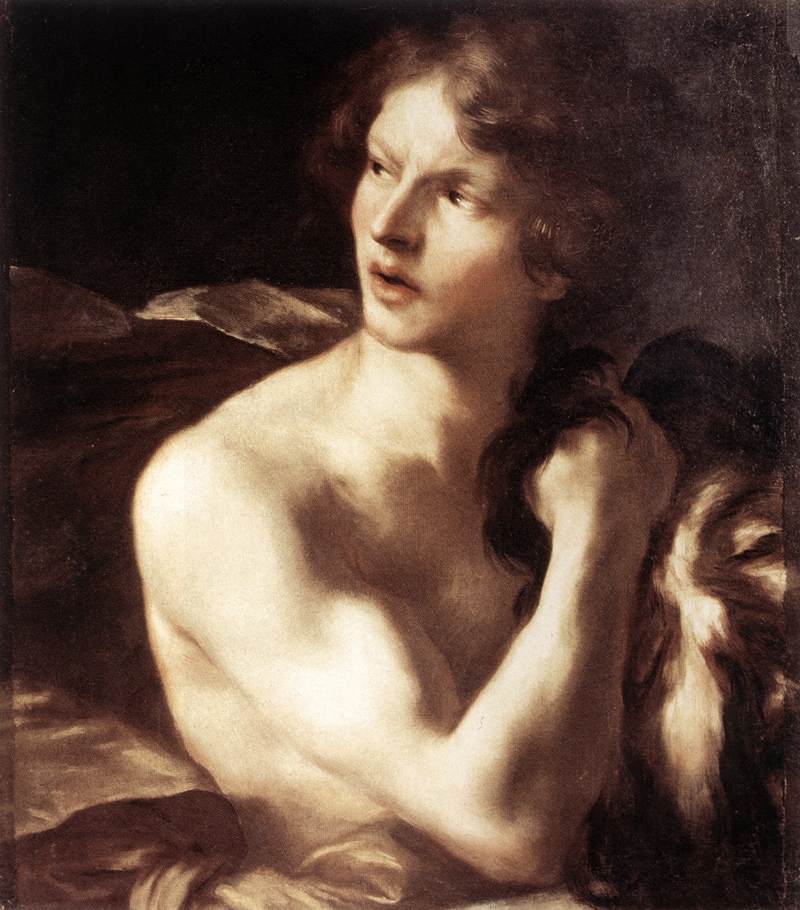The revered Venetian landscape painter Giovanni Antonio Canal (28 October 1697 - 19 April 1768), known as Canaletto, enjoyed a roaring trade from English visitors to Italy in his early career, but by 1740 the War of the Austrian Succession had taken hold and tourism was dwindling.
In 1746, Canaletto decided to move to London to be closer to his market.
At this time Britain was flourishing under newfound wealth.
















